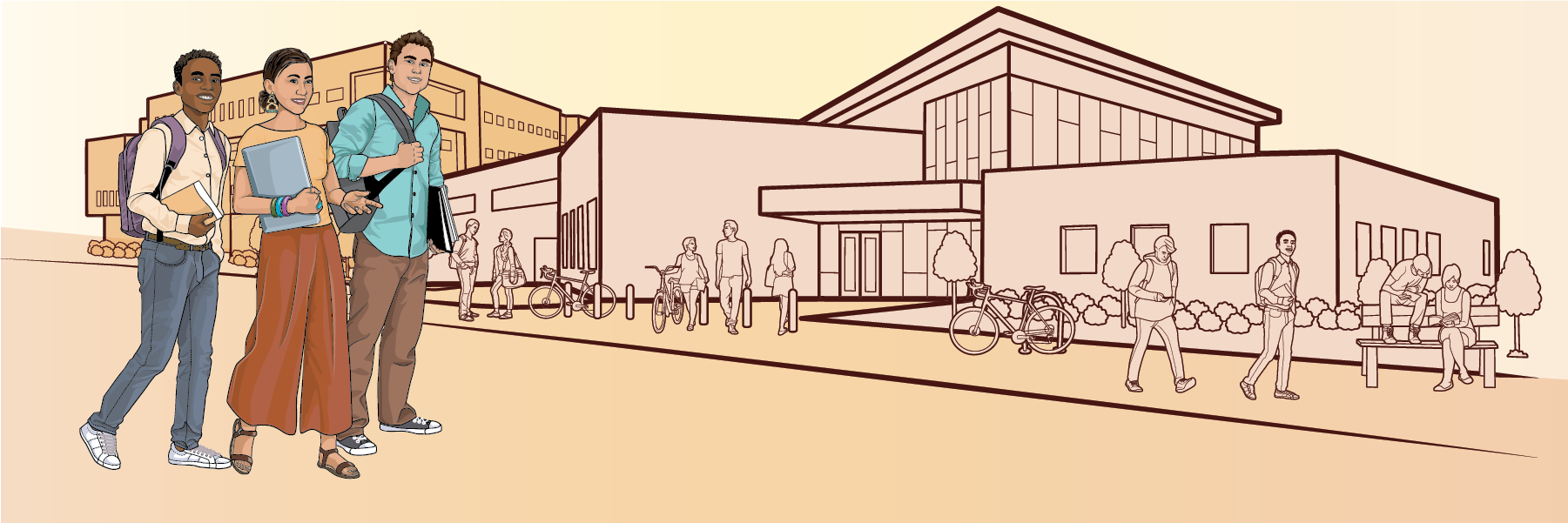A Guide to Getting Started
Look around
Gather your data
Engage your team
Sample activities
DOWNLOAD THE GUIDE (Coming Soon!)
Look Around: Transitions Self-Assessment
Take Inventory--The goal of the inventory is to document where students are transitioning from, where existing support exists, who participates, and if it is scaled for all students transitioning to college.
If you are interested in taking a deep dive into dual enrollment specifically, check out this resource: K12 Transitions Self-Assessment
2. Gather Your Data
Success and retention rates of students transitioning from partner institutions or in an identified demographic group
Focus group with students who have already transitioned from partner institutions
Data on social services accessed by the transitioning populations
3. Engage Your Team
Whom should you include?
Counseling and Instructional Faculty
Student support staff, coordinators, and directors
Classified staff from Admissions and Records, Outreach, and Counseling
Deans overseeing Outreach, Admissions and Records, Student Equity, and Student Completion
How do we get started?
Start by developing a shared vision for student transition and success.
Modify and complete a self-assessment and look at data together with your partner institutions. Develop an understanding of the problems or barriers students face in the onboarding process.
Schedule regular meetings to provide time, space, and energy to understand the barriers students are facing with onboarding at your college and to develop creative solutions that meet students at their starting point.
Explore questions in groups that can lead to ideas for solutions. Here are some questions to get you started.
How can we identify and support the needs of students transitioning between our institutions?
Do students coming from partner institutions have a common set of assets that we can build on and challenges that we can provide support for?
What college processes may present a barrier for students transitioning to college?
What environments may feel foriegn or uncomfortable to students transitioning to college. How can we make these spaces more comfortable?
How can we ensure that students can explore their interests and can access opportunities at the college equitably?
How can we identify students early who will benefit from one or more of our support programs?
How can we better prepare to provide a more personalized approach to college onboarding and orientation?
4. Sample Activities
Sample Activity 1: Ecosystem Mapping—Supporting Students Transition to College from the Foster Care System
In this activity, bring your constituents together to develop an understanding of where student touchpoints and gaps in services or connections to students and college.







